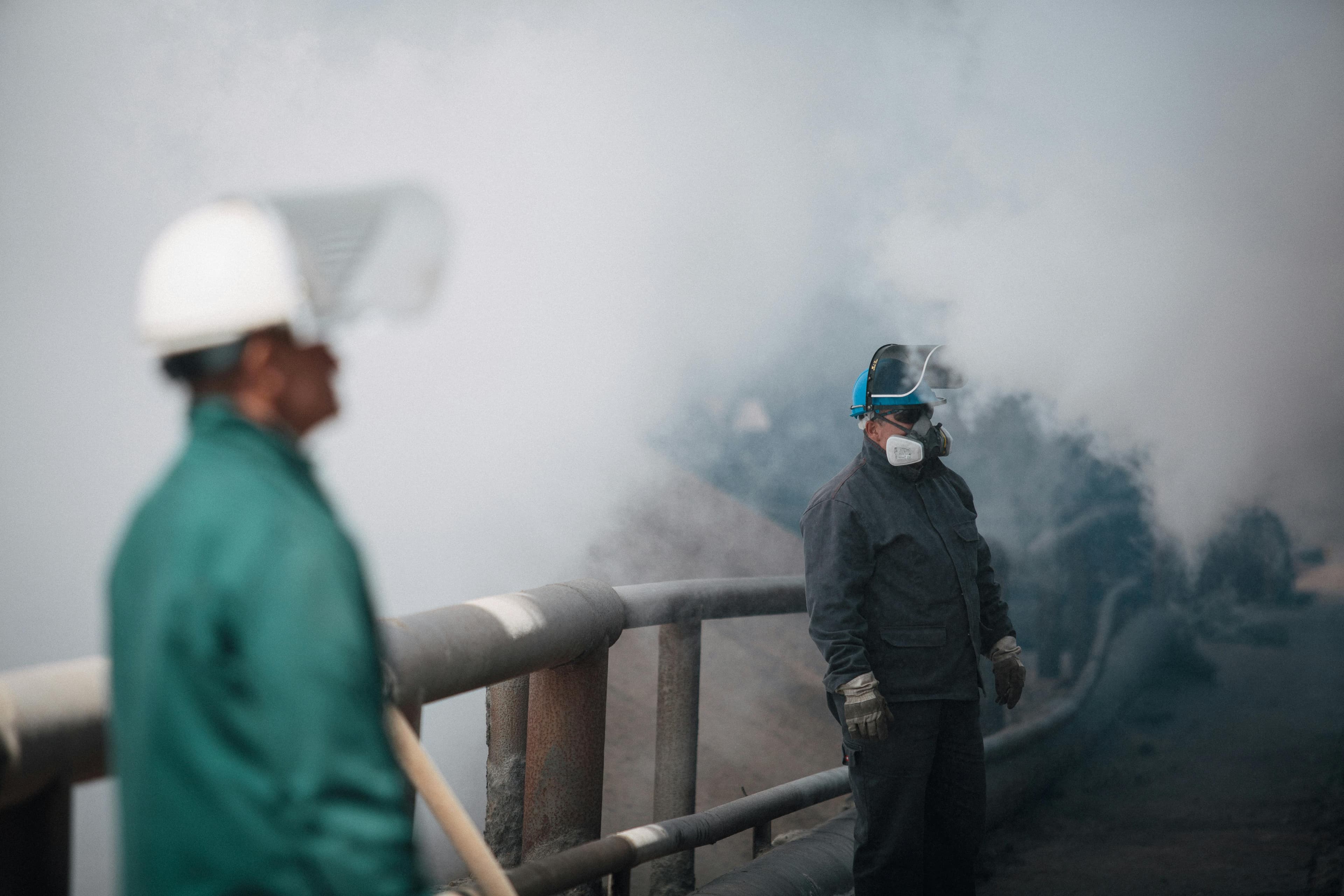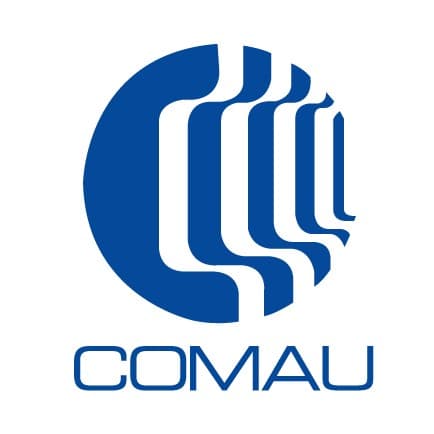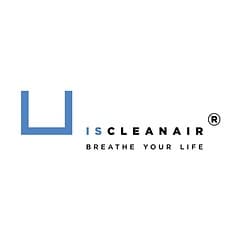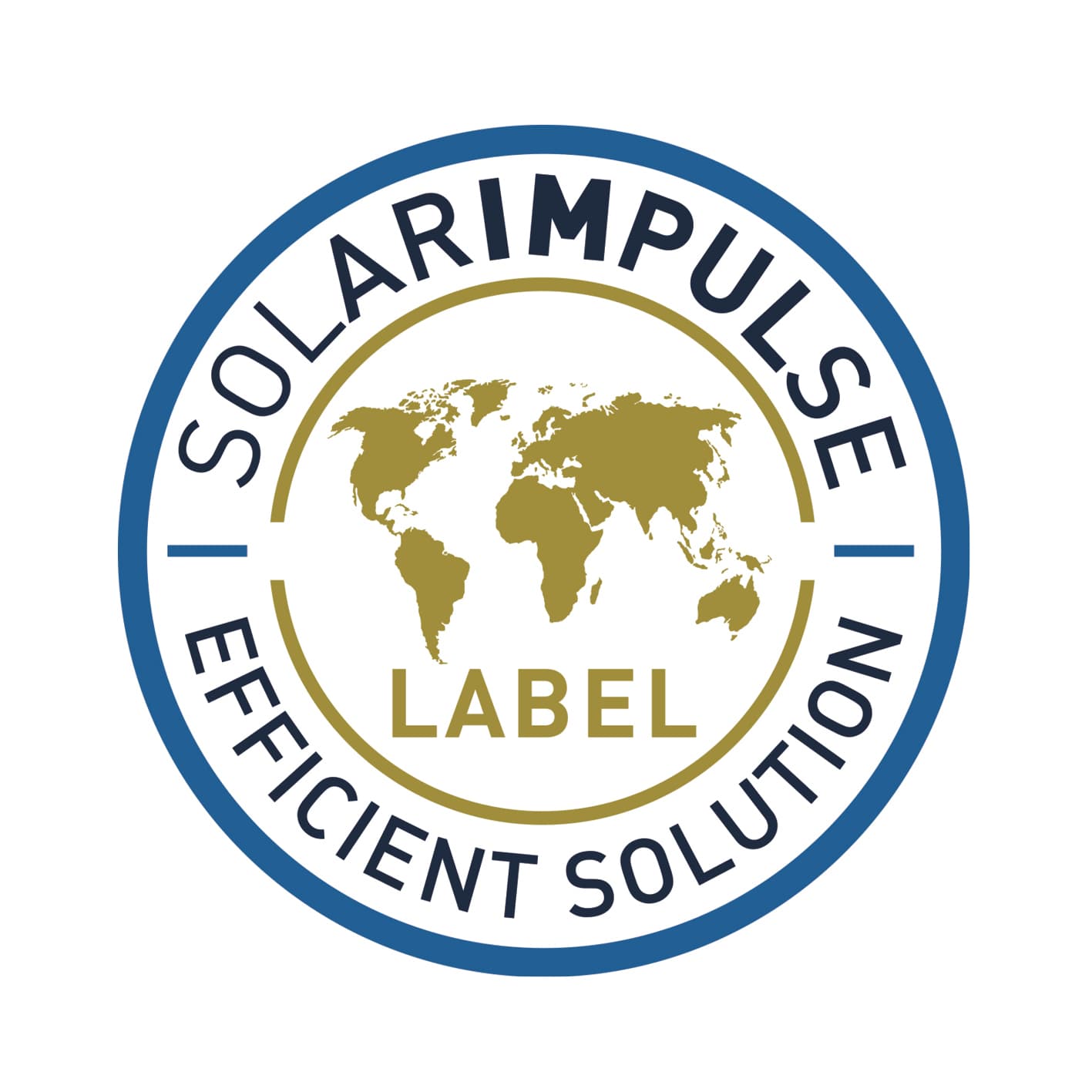
Industrialize filterless ambient air purification
 Comau
Comau ISCLEANAIR
ISCLEANAIR Solar Impulse Foundation
Solar Impulse FoundationSummary
Industrialize filterless APA pollution abatement technology to reduce air pollution in manufacturing environments, protecting workers' health and the environment.
Key resources
Context
This case-study has been developed in partnership with the Solar Impulse Foundation, which is promoting – through assessing, certifying and facilitating access to finance - the multitude of clean and profitable solutions currently available worldwide. Discover more of Solar Impulse Foundation’s labelled solutions here.
The PURE project addresses the challenge of reducing fugitive pollutants in industrial indoor spaces, where sources are many and costly to reduce individually. The project aims to protect workers from health implications by reducing exposure to high levels of contaminants.
Solution
The PURE project, co-funded by EIT Manufacturing, aimed to industrialize the Air Pollution Abatement (APA) technology, which uses a patented water-based filter-less system to abate a wide range of air pollutants in manufacturing environments. The project involved developing a fully functional industrialized assembly station at COMAU, where APA-Panel devices were built and deployed in two manufacturing areas within Fagor’s Plant in Spain.
The demonstration phase lasted over 2 months, with 5 APA Panels deployed. The APA technology required minimal maintenance and demonstrated significant reductions in PM and VOC emissions. The project also integrated air monitoring capabilities using sensors and AI to analyze air quality and support the industry in understanding pollution dynamics.
Impact
Sustainability Impact
Climate
The technology has an overall negative GHG emissions impact which can be classified as an enabler. From a life cycle assessment (LCA) point of view and for the APA Panel model, the assessment performed by a third party under an EU EIC initiative in 2023 provided the following results:
A single device when implemented will deliver during a 10-year period cleaner air for indoor or outdoor spaces, and at no extra costs will include the removal of CO2 directly from the air. The overall GHG impact is negative, or in other words, the technology during the 10-year period achieves the reduction of the GHG (CO2eq) emissions by an estimated 40 tonnes per unit, which can go up to 80 tonnes when using renewable energy to operate.
Moreover, recent applications and tests of the APA technology integrated with HVAC (Heating, Ventilation and Air Conditioning) systems in buildings has identified an additional GHG emissions reduction opportunity. APA when coupled with HVACs improves their energy efficiency of up to 20% during a normal maintenance cycle, which in terms of GHG emissions will directly contribute to a 20% reduction of CO2 emitted as scope 2, due to less energy from the grid consumed by the HVAC in the building, this integration will also have a benefit in terms of reduced costs of maintenance and cleaner air treated by the HVAC and injected inside the building to the benefit of occupants health.
Nature
The technology provides a significant reduction of air pollutants concentration, improving indoor and outdoor air quality. The removed pollutants especially in urban areas will help reduce impact on urban nature and surrounding parks, improving biodiversity in the medium/long-term.
Social
Air pollution and high levels of CO2 indoor are responsible for short or medium and long-term health effects as well as economic costs for society associated to reduced productivity and increased costs for national health or social services. In fact, previous studies have assessed for example that improving air quality indoor in offices can lead to up to 5700 euro per worker per year (The COGfx Study). Moreover, Social and health costs due to respiratory critical illness and diseases associated with high levels of pollution in urban areas are responsible for several trillion USD per year and over 8 million premature deaths (UNEP, 2023). The technology by reducing the exposure to harmful pollutants, protects workers’ health by reducing their daily exposure and overall has a positive impact on people and society.
Business Impact
Benefits
The project demonstrated a high reduction in maintenance and air cleaning costs, making it a cost-effective solution for industrial environments, internal estimates show that the technology could prolong of at least 3 months every 6 months the traditional filters, making a saving of around 30 to 35% in those additional costs
The APA technology's ability to create a bubble of clean air around it in highly polluted environments supports better working conditions and productivity
Costs
The project required investment in developing the industrialized assembly station and deploying APA-Panel devices. Operating costs were minimal due to the low energy consumption and maintenance requirements of the APA technology, and those were quantified in few euros per year in water usage, instead of hundreds or thousands of euros required to substitute alternative filters, in terms of energy use the solution consume on average 850W which is around 23% less than traditional filter-based solution delivering the same air flow volume. Subsidies from EIT Manufacturing helped offset some of the initial investment costs. The use of simple water and recyclable materials also contributed to cost savings.
Implementation
The application of the APA technology is relevant for:
Industrial manufacturing sectors with high indoor air pollution levels
Particularly those involved in production and processes generating high levels of particles and harmful chemicals/gas pollutants
The application presented in this case study has been focusing on a manufacturing environment characterized by milling and painting operations
Approach
The implementation approach of the APA technology in industrial environments is flexible and usually based on a cluster and distributed approach where multiple APA units are installed close to indoor spaces where high exposure of workers are observed. By applying APA, clean air bubbles are created and air monitoring capabilities are integrated to analyze and manage air quality benefits.
In the case of the application in Fagor, the area that was subject to the implementation had two sections for a total of 400 sqm, ceiling was over 6 metres height, and 5 APA Panels were deployed in 2 + 3 units to cover the two operational areas.
The approach undertaken was divided into 3 steps:
Analysis of the production process and identification of key areas to treat and were exposure would be higher, as well as identification of potential locations to deploy the APA systems;
Monitoring campaign pre-installation to verify both levels of pollution and build up a baseline of concentrations to then be used to compare with the implementation phase;
Implementation phase, with APA systems deployed and working to clean the working ambient air. In this application case study the systems worked for over 2 months, in parallel AQ monitoring continue to collect data, to then assess the benefit against the baseline.
The application was delivered in a winter period when also natural ventilation of the working environment can be limited due to reduced opening of windows and door of the plant, causing normally possible increase in pollution concentration levels.
With the recent new applications of APA with HVACs, the technology can also be applied in a combined approach, cleaning the air that is moved by the HVAC, improving their energy efficiency and reducing the concentration of pollution indoor by coupling mobile units as performed during the case study at Fagor.
Stakeholders involved
Project Leads: Led by COMAU (STELLANTIS GROUP) and ISCLEANAIR.
Company functions: Involved procurement and operations teams for deployment.
Main providers: Provided APA technology and air monitoring sensors.
Other: EIT Manufacturing provided funding and support.
Key parameters to consider
The APA technology, building on previous work done by ISCLEANAIR through EU funding (SME Instrument Phase 2 – Jan 2018 / Jan 2021, achieved TRL8, with the PURE project having reached full industrialization level (TRL9) from May to October 2021, to be fully applied and demonstrated in real-world industrial environments between November 2021 and end of February 2022.
Building on the implementer's experience in manufacturing and industrialization, some delays were overcome due to restart, after the pandemic event and lack of available components on the market.
The technology is mobile and requires only power supply to operate, water provision can be done automatically connecting to the water main, or manually for initial and temporary installations.
Other important considerations are related to the level of indoor air pollution, the technology performs at high abatement rate also at very high concentrations, requiring a minimal maintenance cost and time due to the simple water usage.
Availability of subsidies or grant may facilitate the application and initial capital cost investments.
Implementation and operation tips
Ensure proper installation and integration of APA technology with existing systems.
Regularly monitor air quality to assess the effectiveness of the solution.
Engage stakeholders early to secure buy-in and support.